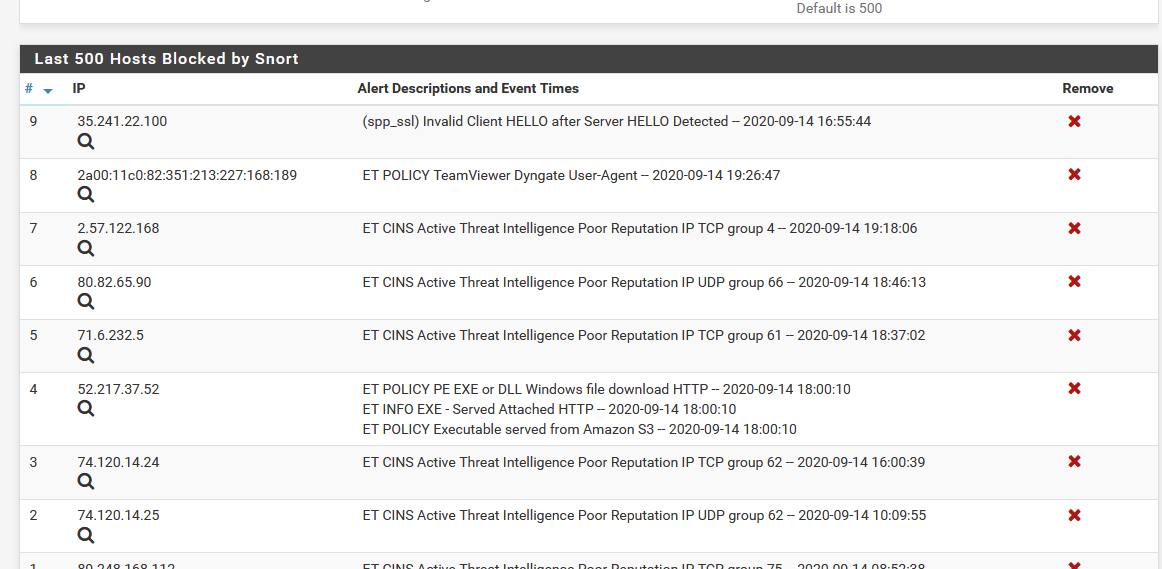Questions about Snort 2.9.x support would need to be directed at the Snort team over at Talos/Cisco. My guess is no new features will get into Snort 2.x, but critical bug fixes might be addressed going forward after Snort3 goes full release. Of course it's been many years since any really new feature was added to Snort 2.x. I think the last big one was OpenAppID.
You would run Snort3 on pfSense just like you would run it on any other Unix-type system. Install the binary, hand-edit the necessary configuration file or files, install the rules manually using something like PulledPork or other tools, and then either create your own or use any provided shell script to start Snort3. There would be absolutely no GUI interfacing at all. No logs to see in the GUI, no configuration in GUI, and no control from the GUI.
As for netmap support, that actually depends on the shared DAQ library produced by the Snort team. There is a new version of DAQ used in Snort3. I do not know for sure, but I don't believe they have imported support into the Snort3 DAQ for software host rings. I think it is still limited to supporting only hardware rings. That means you can't set up Snort3 to sit between the NIC and the host stack like you can with Snort 2.x and the older DAQ-2.2.2 that I modified. So netmap will work, but to do anything meaningful with it in pfSense will require you to use two physical interfaces on the box in order to implement a true inline-IPS mode. Not very interface efficient for sure.
And finally, unless you use two physical interfaces as mentioned above, there would be no blocking with Snort3 on pfSense. It would be IDS only. No IPS as there is no custom legacy blocking output plugin for Snort3.


